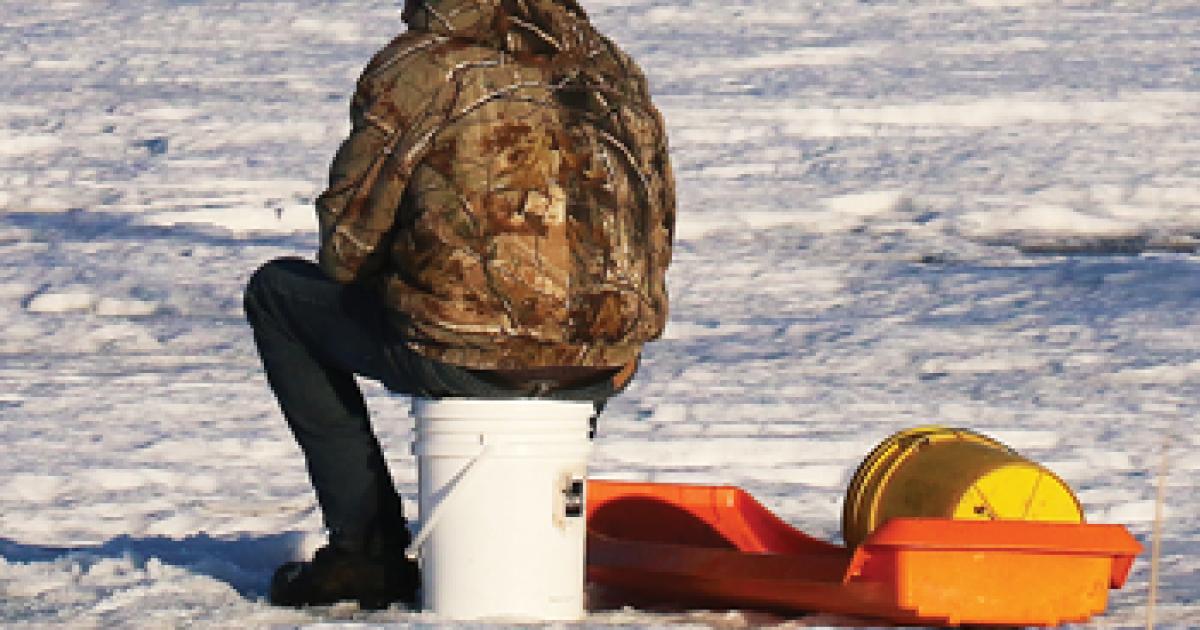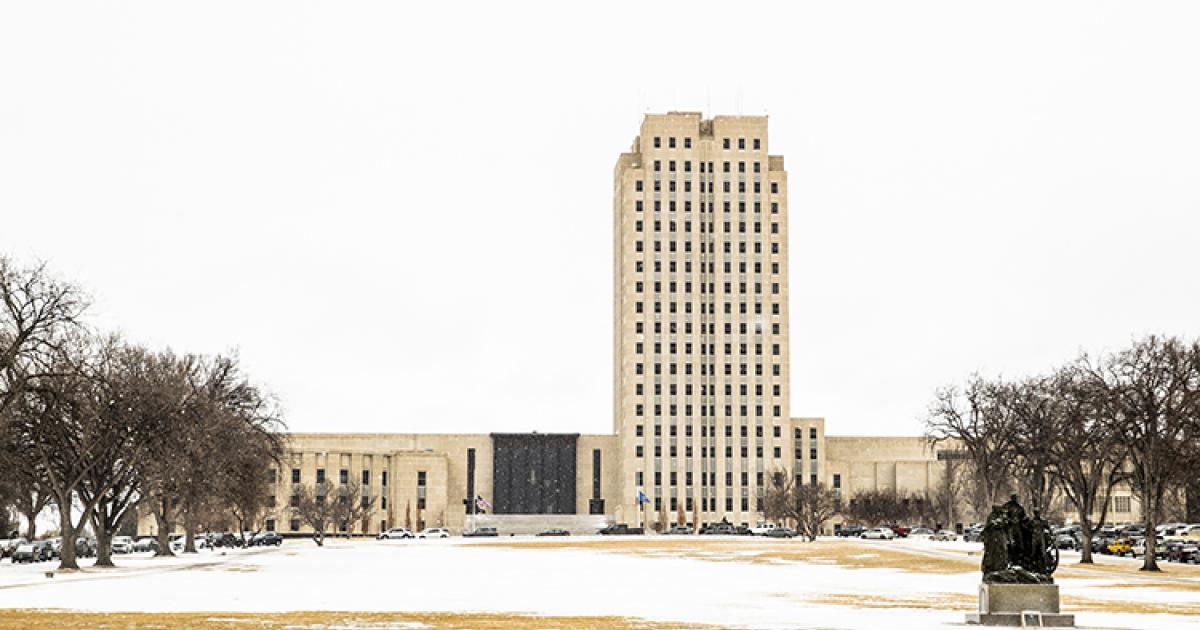FROM N.D. GAME & FISH DEPARTMENT
“Ice fishing in North Dakota is really predicated on access and good fishing opportunities,” said Greg Power, N.D. Game and Fish Department fisheries division chief. “Obviously, the weather is the one variable we don’t have control over.”
In a perfect ice fishing world, Power said, North Dakota’s waters would experience a typical freeze-up beginning around deer season, followed by colder weather in December, with little snow accumulation.
(photo courtesy of North Dakota Game & Fishing Department)
“What we’ve seen is that if you don’t get anglers on good ice, with good access, by the holidays, then they don’t often fish that winter,” Power said. “The lakes and the fish are out there, but it’s just a matter of anglers being able to gain access to where they want to fish.”
Typically, Power said, when access isn’t an issue, ice fishing accounts for about 25 percent of all fishing that occurs annually in North Dakota. In tough winters, where access is limited, this can drop to as low as 5 percent.
While blowing and drifting snow can, at times, make getting on a lake difficult, Power reminds anglers that the agency doesn’t provide access.
“If you see that an access has been plowed or blown out, it’s being done by a local fishing club or local landowners,” he said. “We don’t have the resources to maintain the 1,000-plus access sites around the state.”
The other side of the weather picture, and its likely influence on the ice fishing season and fish populations, is drought that gripped North Dakota in spring and summer.
Scott Gangl, the department fisheries management section leader, said that while many fisheries in North Dakota lost water to drought, not all lakes were affected the same.
“The last five or six years, we’ve had increasing water levels and increasing fish populations,” Gangl said. “While our fish populations are still doing well, the concern is that when you lose water, you are losing fish habitat, and that increases the risk for winter kill.”
Even so: “I’m still pretty optimistic,” he added. “This one dry summer is not going to cause 40-50 lakes to winterkill. We’ve been so water-rich for years that many of our lakes are going to be just fine.”
Falling water levels particularly influence yellow perch, which are one of the more popular fish species for winter anglers.
“To have a year where we are actually drying out a bit is probably going to affect things like perch reproduction,” Gangl said. “We are probably not going to see a lot of perch this year because they really thrive on that flooded vegetation.”
Gangl said yellow perch populations in North Dakota tend to boom and bust in direct correlation to the state’s water cycle.
“Right now, coming off a dry spring and summer, we’re kind of on the backside of the boom,” he said.
Understanding that, Gangl and Power both remain optimistic about quality ice fishing opportunities, considering the state’s continued robust pike population and a host of healthy prairie walleye lakes.
“We have to re-channel angler expectations away from perch to pike and walleye, which is not a bad thing because those opportunities are widely available,” Power said. “We have evolved to stocking many of the opportunistic perch lakes with walleye and this winter could prove to be pretty good. There are a scattering of lakes with 14- to 17-inch walleye that experience very little fishing pressure.”
Gangl said many of the former perch waters that have since been stocked with walleye were flush with fathead minnows, providing plenty of prey to the newcomers.
“Many of the waters were full of minnows and the walleye grew like crazy,” Gangl said. “A lot of these new prairie walleye fisheries will be the keystone of North Dakota’s ice fishing season.”
Source: From article appearing in recent North Dakota Outdoors, official magazine of N.D. Game and Fish Department.










